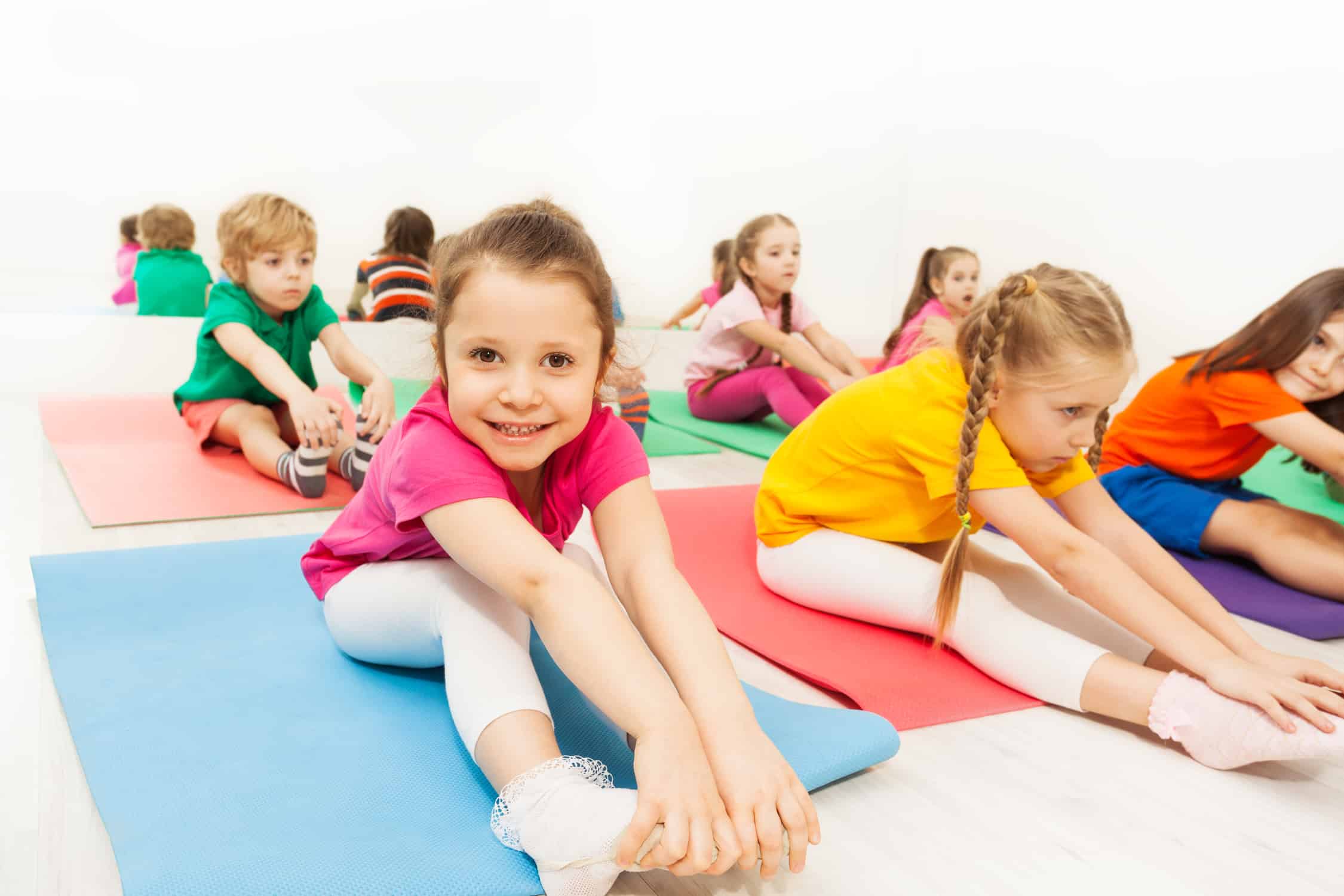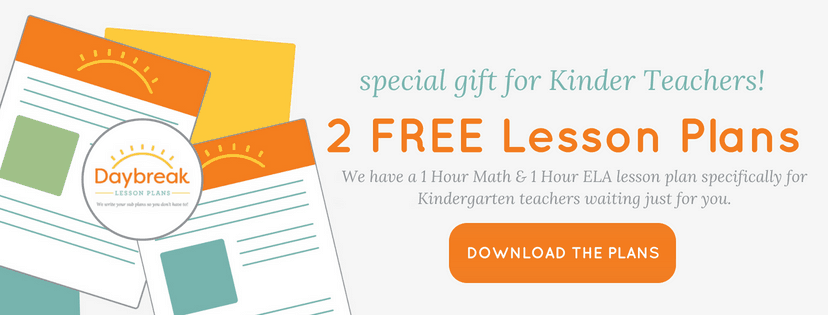
As a teacher of Kinder, you are probably very aware that your students need to have plenty of opportunities to move around while they are learning. This is especially true at the beginning of the school year when everyone (even the teacher) is adjusting to the new schedule! If your students seem restless, tired, or antsy during your lessons, they need to move! It is recommended children get 60 minutes of activity each day to stay healthy. But, during inclement, or even very hot weather, indoor recess may happen more often, and in addition, many students aren’t playing much outside after school.
So how do we incorporate opportunities to move when we have so much to get through in a school day?
The answer is integrating the movement into your lesson and learning. Expecting tired and wiggly children to attend the whole school day will most likely require you to reteach since they aren’t engaged. On the other hand, allowing movement in the classroom will save you time, since they are learning and moving at the same time. It will also keep the students engaged, excited, and they’ll forget that they’re learning. For those kinesthetic learners, using movement to learn or practice a concept will help them retain the information.
Think about when you sit in long meetings or training sessions; it’s hard to pay attention, stay engaged, and remember everything that was said. It’s the same for kids. They need to move and they need breaks. Moving at the same time as learning can help blood flow to the brain, and it helps the brain learn and stay awake.
Here are some ways to incorporate movement throughout the school day:
- Use movement to review a concept by having relay races.
Use your carpet area or move the tables/desks to the side of the room. If you have older student helpers, they can get this done quickly. I’ve also taken the class to our multipurpose room when it wasn’t being used.- Variations of Relay races: Instead of running, you can have students hop on one foot, skip, crab crawl, bear crawl, etc. Or if you can get time in the gym, use scooters! Mix it up to keep it fun.
- Ideas of tasks to complete as a team in a relay race:
- Place baskets at the other end filled with question cards to answer, or have the cards spread out on the floor. For non-readers, use pictures. Student brings back a card to their team to answer. Or ask a question, and the student runs to the other end to find the answer card amongst other answer cards on the floor. Example: What is 3 + 5? They have to find the card with 8 and bring it back.
- Travel to the board or smartboard to circle, write or find the answer. This can also be done during a presentation with students sitting at their desks. When they want to have a turn, instead of walking to the board, they have to hop or can use some other way to travel.
- Student has to place a card with a punctuation mark, or number in the correct place on the wall to complete a sentence or math equation.
- Students use small individual whiteboards to write the answer to your questions.
-
- For example: 1 +3 = ___, What letter makes the sound ___?, Who was the main character in the story?)
- Place numbers or protocols in order. Student goes to get one card to bring back to the team. If they figure out the strategy, bringing the cards back in order instead of randomly taking a card makes it faster to complete! Example: number order, letters in a sight word.
- When working in teams, they collaborate, teach each other, and a little competition between teams always makes it a little more exciting. Having them compete against teachers could be extra fun. Just remember to talk about how it’s not about winning but the fun they had playing.
-
- Use movement such as jumping jacks, stretches, frog hops, mountain climbers to answer math questions.
Example: 2 + 3 =5 (Do 5 jumping jacks). - Post answers around the room
Give students cards with questions. Students move to stand by their answer. Share results and trade cards to repeat the activity. Example: Post different habitats around the room. The cards can have animals on them or facts about the habitat. - Brain breaks:
Brain breaks are a quick 1-5 min. activity that allows students to stand up, move, re-energize, and wake up their brain to allow them to continue learning. You can use them to break up a long lesson, to transition them from one subject to the next, or to use it as time for you to set up for the next lesson.- Put on music and have a student or you lead some aerobics, or have a dance party! Some nice relaxing stretching is also good to calm bodies down and get blood flowing.
- Use a deck of cards – student draws a card. The number tells the class to do that many jumping jacks or skips etc.
- Print off yoga poses for the class to do together. Put on relaxing music and dim the lights.
- gonoodle.com – the class can follow dances, silly songs, yoga, and breathing techniques. They choose a character and each time they complete a video, they earn a point to transform the character into something more fun.
- Look up ‘Cosmic Kids Yoga’ – kids do yoga by following along a video that retells a well known story like “A Very Hungry Caterpillar,” “Alice in Wonderland,” or a movie like “Moana,” “Harry Potter,” and popular characters or games like “Spiderman,” and “Minecraft.”
- Use movement to transition between activities or lessons. Move to the carpet by doing a crab crawl.
Think creatively on how you can incorporate movement whether it’s their whole body or just their arms or stomping their feet a certain number of times while sitting at their desk. Allowing a child to move instead of disciplining them for not staying in their seat will help improve behavior, attention and memory of the lesson. Find some opportunities and add that extra movement into your day! Have fun!
